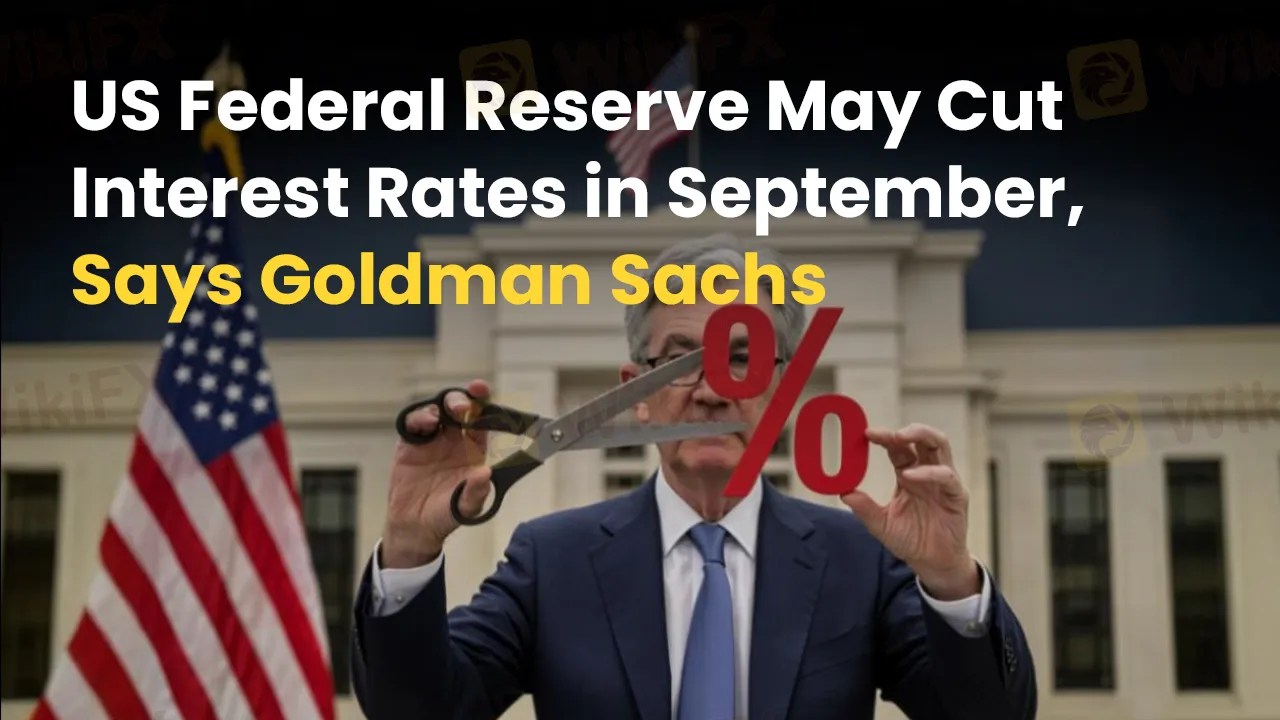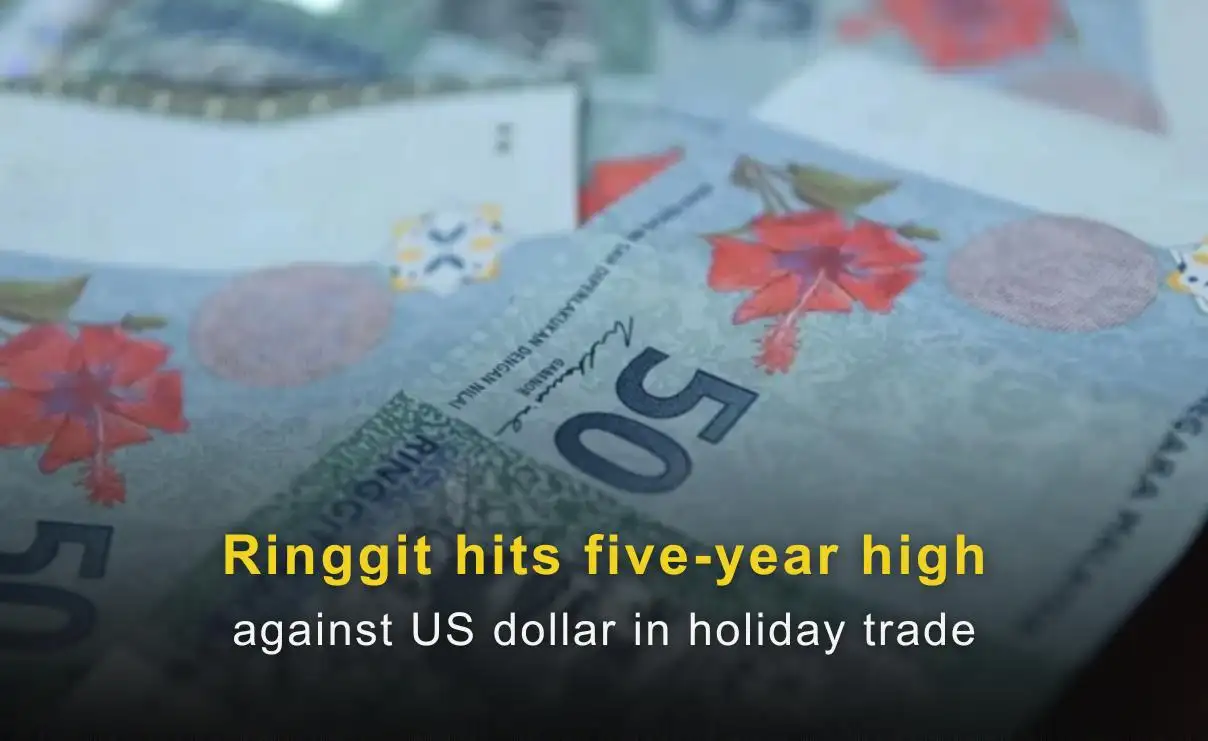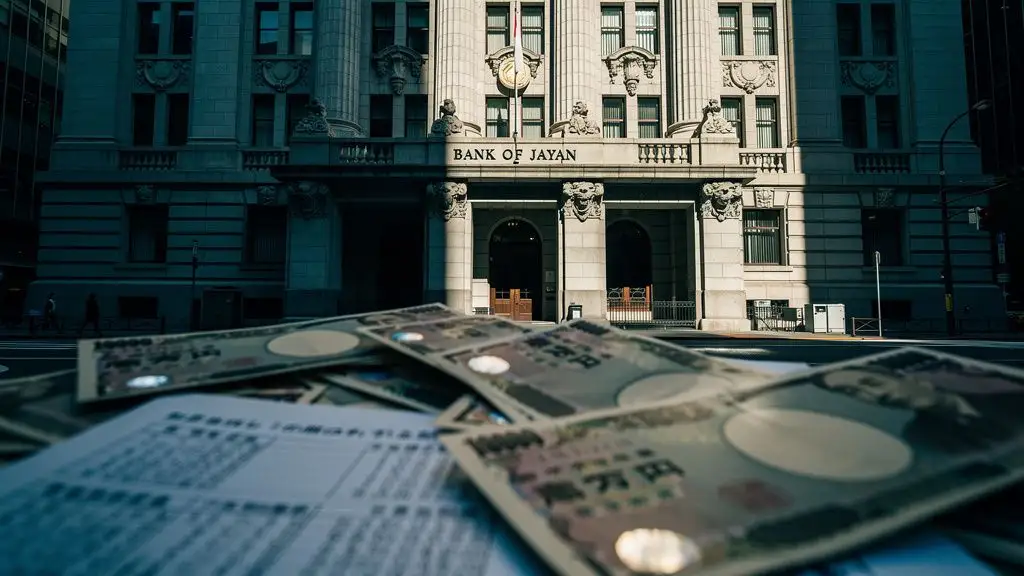US Federal Reserve May Cut Interest Rates in September, Says Goldman Sachs
Abstract:US Federal Reserve Chair Jerome Powell may slash the policy rate in September 2025, according to research economists at Goldman Sachs. Read this to learn more.

US Federal Reserve Chair Jerome Powell may slash the policy rate in September 2025, according to research economists at Goldman Sachs. The latest forecast advances the rate cut expectation period by three months. Goldman Sachs Research made a change to its early forecast amid the smaller effects of tariff policies and stronger disinflationary forces. Goldman Sachs reckons that the Federal Reserve Meeting will align with its economists view that there will only be a one-time effect on price levels due to tariffs.
Fears of Softening Job Market Call for Rate Cuts Earlier Than Expected
Goldman Sachs Research pointed out the signs of a softening US job market. David Mericle, Chief US economist in Goldman Sachs Research, David Mericle, expressed that despite a healthy labor market, finding a job has become difficult. Downside risks to payroll figures in the near term also stems from the immigration policy changes and residual seasonality in the data.
When and How Much Rates Will the Fed Cut?
Mericle points out a 25-basis-point cut expectation in September, October and December, besides the same magnitude of rate cuts in March and June 2026. No rate cut expectations are for July 2026. Goldman Sachs Research estimates a terminal rate of 3-3.25% compared to 3.50%-3.75%. Mericle acknowledges that the Goldman Sachs team had anticipated the long-run dot plot of the Federal Open Market Committee to be a little higher. They also want the Federal Reserve Meeting to state that a modestly greater terminal funds rate than long-run neutral is feasible amid unusually high fiscal deficit and easy financial conditions owing to strong risk sentiment.
However, the dot plot remained unchanged in June, and a new Fed chair after the end of the term of the existing chair Jerome Powell, next year, may not believe that robust risk sentiment and large deficits should keep the funds rate higher.
A Look into Inflation and Unemployment in the US
According to Mericle, some Fed officials indicate they could extend support to the cut in the Federal Reserve Interest Rate Meeting in September should inflation prints remain under control. Category-level PCE data demonstrate a less effect from the earlier China tariffs. Survey evidence and alternative data hinted at somewhat less pass-through to consumers in the form of higher prices than the assumption made by Goldman Sachs Research.
Also, an earlier rise in Michigan and Conference Board inflation expectations does not appear to be a roadblock to a rate cut before. Also, signs of disinflationary pressures are apparent. The moderate growth in wages and weak travel demand have contributed to additional disinflationary pressure.
Employment-wise, there is a problem as vacancies have begun to shrink again. Mericle pointed out that although Fed officials have put in their best efforts to set the bar higher for cutting interest rates than in 2019, any weakness in the forthcoming employment report could prompt the Fed Meeting to come up with successive interest rate cuts for some time.
Read more

NFA Files Complaint Against Forex Wizard Japan
NFA charges Forex Wizard Inc. and Mitsuaki Kataoka with undisclosed forex pool operations, delayed withdrawals, and misleading regulatory claims.

Ringgit hits five-year high against US dollar in holiday trade
The Malaysian ringgit extended its rally, reaching a five-year high against the US dollar, trading in a narrow range of RM4.04-RM4.05.

Japan Signals Fiscal Expansion as BoJ's Ueda Declares End of 'Zero Norm'
New fiscal proposals and hawkish central bank rhetoric are reshaping the outlook for the Japanese Yen, as the government unveils a record-breaking budget while the Bank of Japan (BoJ) hints at accelerated monetary tightening.

Treasury vs. The Fed: Bessent Pushes to End "Permanent QE" Era Amidst Liquidity Shifts
A significant ideological clash is brewing in Washington as U.S. Treasury Secretary Scott Bessent launches a public campaign to overhaul the Federal Reserve’s mandate, calling for a "slimming down" of the central bank’s role in the economy.
WikiFX Broker
Latest News
China’s Export Resilience: A Structural Pivot Towards the 'Global South'
Silver Smashes $70: Is the "Forced Central Bank Buying" Thesis Playing Out?
JPY Forecast: Japan Raises Debt Cost Assumption to 30-Year High
Copper Smashes $12,000 Barrier in Commodity Super-Cycle Surge
Trump Intensifies Fed Pressure as Strong GDP Complicates Rate Cut Path
Credit Suisse Hit With $7.1M Fine Over Supervisory Failures
Brokers or Prop Firms, or both...
Trading.com Launches Zero-Commission Investment Account
Quotex Review 2025: Safety, Features, and Reliability
Government Officer Lost RM12,000 to Non-Existent Forex Scheme
Rate Calc

